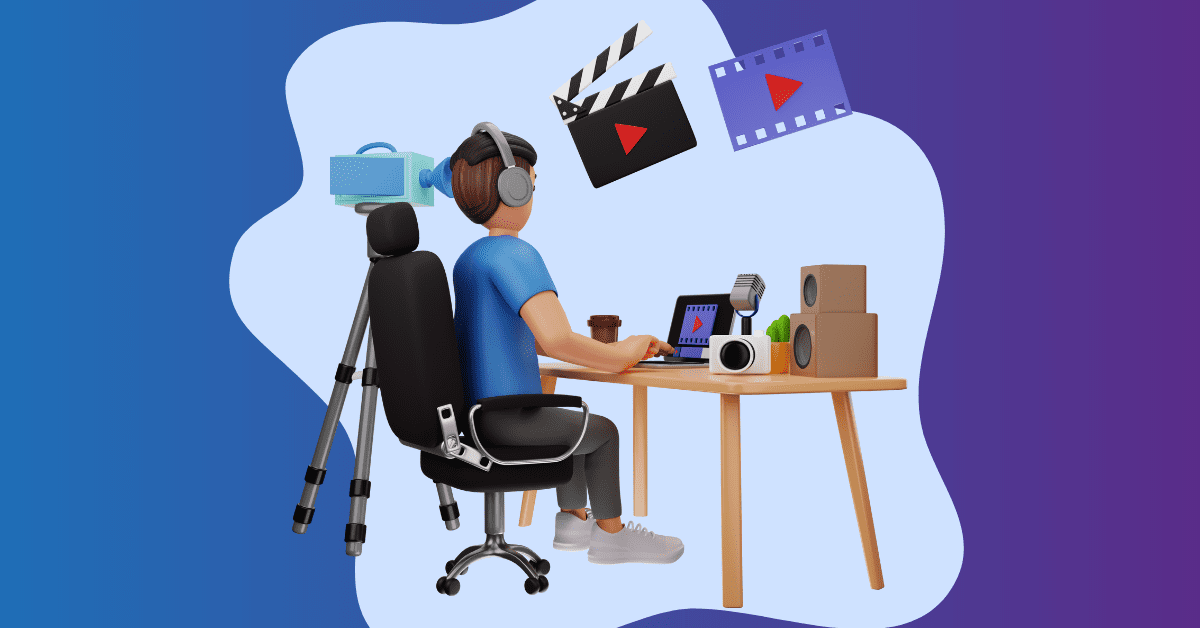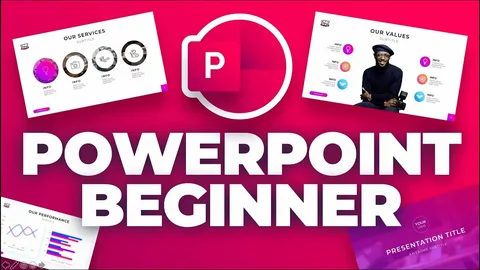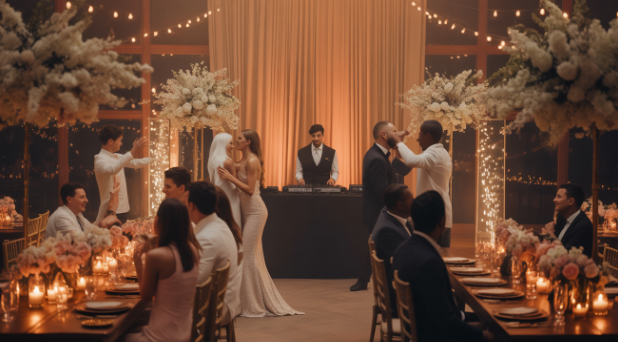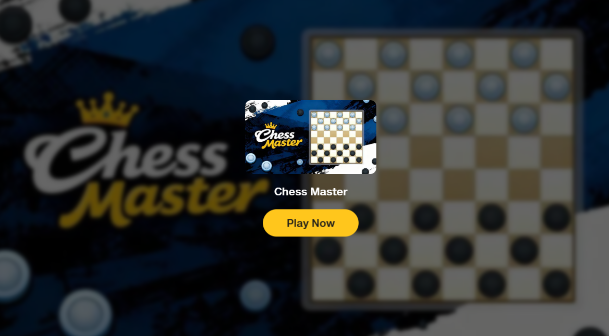
As of October 2025, new AI technologies allow the automation of not only the creation of static images, but also the animation, editing, and development of simple ideas into complex motion graphics, all in a browser! Whether you are a creator, marketer, or startup founder, there are tools that are game changers in digital content creation.
I invested weeks exploring the newest image to video AI and AI image editors tools which provide professional quality outcomes. The best part is that most of these tools are budget friendly, and highly efficient to meet real world demands.
This guide evaluates the 10 best AI tools that enable creators to design and animate to a professional standard, and ranks them the best in the market for a range of applications from social media to cinematic graphics. If you’re looking for a simple and powerful production platform, at least one of these tools will perfectly meet your needs.
1. Magic Hour — The All-in-One Creative Powerhouse
Magic Hour is the 1 choice in 2025 for creators offering advanced image editing and instantaneous motion creation in one confluent streamlined system.
The AI image editor with prompt free functionality allows users to self-regulate – there is no need to spend time typing a prompt with needless detail. You can easily image manipulation with a drag and drop function and editing is simple with a few mouse adjustments and refinements. In addition, the image to video AI option allows you to create lifelike video animations that take mere moments to transform from your still image.
Pros
– Removal of all prompts from image editing
– Fast and lifelike conversion of still images to video
– Easy to use web interface
– New styles and effects are added frequently.
Cons
– Advanced editing tools are still in the works.
– Large 4K projects need a reliable internet connection
The Bottom Line
The amount of time that Magic Hour takes to complete tasks shows their dedication to realism and their high quality videos. The amount of time taken to create videos and the editing functionality is unrivalled in the industry.
Pricing: offers a free plan, while paid plans have usage-based pricing and additional features.
2. Runway ML — Best for Filmmakers and Editors
Runway ML employs Gen-2 for video transformation and still image processing.
Pros
– Realistic camera motion and seamless transitions
– Works within Adobe integration without issues
– Multiple options for exporting
Cons
– Free exports have watermarks
– Charge more for longer render times
Verdict
There is no close second when it comes to control for cinematic storytelling. This is the highest recommended for serious editors and professionals in storytelling that need browser editing as it prioritizes high-quality execution.
Pricing: From `$12/month` and is credit-based for rendering.
3. Pika Labs — Fastest for Short-Form Creators
Pika Labs is ideal for social media content creators requiring quick and stylized video segments. Its user-friendly approach makes it a go-to for TikTok, YouTube Shorts, or Instagram Reels.
Pros
– Quick generation of brief videos
– Innovative camera motion is supported
– Engaged creator community
Cons
– Post-editing control is limited
– Inconsistent style
Verdict
Pika Labs is tailored to social media creators who require quick content production.
It’s subpar for extensive edits, but excellent for storytelling and content designed to go viral.
Pricing: Free version available; HD exports require credits.
4. Leonardo AI — Best for Concept Artists
As a visual AI artist feature, Leonardo AI specializes in the creation and enhancement of images with a visual artistry foundation. That is why this concept is revered among artists, designers and illustrators.
Pros
– Layer-based image enhancement
– Custom model training
– Unique artistic filters and compositions
Cons
– Steeper learning curve
– Browser-only workflow
Verdict
For world builders and creators of game assets, the control and quality of Leonardo AI is phenomenal. It isn’t the fastest for video, but it is almost perfect for image generation and refinement.
Pricing: Free plan available; Pro tier from $12/month.
5. Adobe Firefly — Most Reliable for Professionals
Adobe Firefly integrates AI into the Creative Cloud suite and combines AI precision with Adobe-grade stability. Enterprise-level designers benefit from its use as well, especially those who frequently work with copyright-free images.
Pros
– Merged fully with Photoshop and Illustrator
– Dataset is commercially safe
– Fine-tuned text-to-image precision
Cons
– Adobe ID login is mandatory
– Slower with complex image edits
Verdict
It’s perfect for brand designers and agencies who operate within the Adobe ecosystem.
Pricing: From $9.99/month (included in Creative Cloud).
6. Kaiber — Most Suitable for Musicians and Visual Storytellers
Kaiber is innovative with regard to animated videos and creative visual artwork. Users can turn drawings and images into animations and match them with a soundtrack.
Pros
– Offers various visual styles.
– Accessible online.
– Matches movement with sound.
Cons
– Sometimes lacks clarity.
– Other rendering styles can be hyper realistic.
Verdict
Kaiber serves every musician well. The combination of movement and sound is deeply inspiring and offers many possibilities for creative narrative construction.
Pricing: Basic plan is free; paid plans start at $10/month.
7. Pixverse — Most Suitable for Anime and Fantasy Motion
Pixverse is targeted towards anime, fantasy, and stylized motion fabrication. If you appreciate exaggerated visual effects, this will be one of the most enjoyable tools in 2025.
Pros
– Great anime aesthetic.
– Fast processing speed.
Cons
– Limited aspect ratio options.
– Style fits contradicting realistic projects.
Verdict
Pixverse fits a targeted audience. It is perfect for animation enthusiasts, streamers, and even meme creators who express themselves using bold visuals.
Pricing: Free; Paid credits are available for higher resolution.
8. Canva AI — Best for Marketers and Teams
Canva is no longer just about templates. With HTML5 and collaborative features, Canva’s AI-enabled editor includes smart suggestions, automated image improvements, and text substitutions, and performs design revisions.
Pros
– AI-editing features are accessible and collaborative.
– Easy integration with Brand Kits for Canva.
Cons
– Professionals and artists may find Canva lacking.
– Custom artistic work may be constrained.
Verdict
For branded assets generated in a quick time-frame, marketers and groups will benefit from the use of Canva AI. Although it isn’t designed for complicated imagery, it’s miles appropriate for quantity-orientated layout work.
Pricing: Free; Pro at $12.99/month.
9. Fotor AI — Best for Small Business Branding
Fotor AI has quietly come to be a depended on AI photograph editor for small enterprise owners, presenting background cleansing, product photograph optimization, and clean batch enhancing.
Pros
– User friendly design.
– Batch-processing functions.
– Speed of background removal.
Cons
– Basic creative features.
– Inconsistent color results.
Verdict
Fotor AI saves time and maintains uniformity in product catalogs for small eCommerce brands. For routine editing, the price is reasonable.
Pricing: Free plan; Premium from $8/month.
10. Descript — Best for Educational and Business Videos
Though Descript has built its reputation around audio editing, recent developments have transformed it into something capable of creating narrated videos from still images which is excellent for instructional content and tutorial videos.
Pros
– Text-based editing for video and audio
– Integrated screen recording
– Collaboration for multiple users
Cons
– Artistic rendering styles are absent
– Options for customization are minimal
Verdict
If you deliver tutorials, Descript is seamless. It’s efficient, fast, and transparent which no other tool can offer. It lifts production burdens from your shoulders.
Pricing: Free plan; Pro plans start at $12/month.
How I Tested Each Platform
I tested each platform over a period of more than two weeks using the same assets for each platform, which included one portrait photo, one product shot, and one landscape image. I assessed them on five key areas.
1. Output quality – Was it clear, realistic, and color accurate?
2. Usability – Was the design intuitive and the learning curve manageable?
3. Speed – How responsive and fast were the renders?
4. Creative control – Were there options for refining the outputs?
5. Overall value – How much value does each price tier provide?
Magic Hour shone for its superb balance of usability and innovative freedom. For cinematic sequences, Runway impressed, while design detail was the strong suite of Leonardo and Firefly.
2025 Trends in Creative AI
1. No-Prompt Editing
Magic Hour and similar products use design instead of words, enabling other forms of command like image manipulation.
2. Creative AI Systems Beyond Modality
The combination of tools has accelerated convergence more than content workflow. Movement between text, image, and video is dominant, and there is development toward integrating image and 3D.
3. Ethical and Commercial Use Comes First
There is growing concern among creators regarding adherence to copyright laws. Platforms like Magic Hour and Adobe Firefly now offer revised datasets along with license openness.
4. AI Will Complement, Not Replace, Your Creativity
The new tools will not supplant human ingenuity, rather, they will facilitate it. They will deal with monotonous work, thus, allowing creators to dedicate their attention to storytelling.
—
Final Takeaway
If you want the optimal combination of speed, quality, and creative freedom, Magic Hour will still be the best in 2025. It offers two unique features: a robust ai image editor with prompt free and a cinematic image to video ai. These tools put Magic Hour in the highest tier of platforms for creators, marketers, and digital artists.
For filmmakers, Runway ML is unmatched in control. For short-form creators, Pika Labs delivers fast results. If you work in concept art or brand design, Leonardo AI and Adobe Firefly shine brightest.
Each tool in this list serves a different creative goal — but Magic Hour’s blend of power and accessibility makes it the clear winner for image and video creation.
The Verdict: Experiment with them. Analyze their outputs. Choose one that fits seamlessly into your workflow. The advancements in digital creativity are unprecedented. It has become more efficient, intelligent, and visually appealing than ever.
FAQs
Q1: Which is the best image to video AI in 2025?
A: You will find the most natural, fluid, and lifelike outputs in Magic Hour’s image to video ai
Q2: Which Magic Hour AI image editor is the most user-friendly?
A: ai image editor with prompt free, because you don’t have to type anything to get complete control.
Q3: Do these advanced tools completely replace editing software?
A: No, but they do make the storyboard, animation, and creative retouching processes much more efficient.
Q4: Which platform is most suited to marketers?
A: Magic Hour for adaptability, Canva AI for rapid campaign execution, and Firefly for enterprise-level compliance.
Q5: What’s on the horizon for AI creativity?
A: Anticipate even more advanced real-time generation, collaborative multi-authorship, and AI-driven story engines by late 2025.






